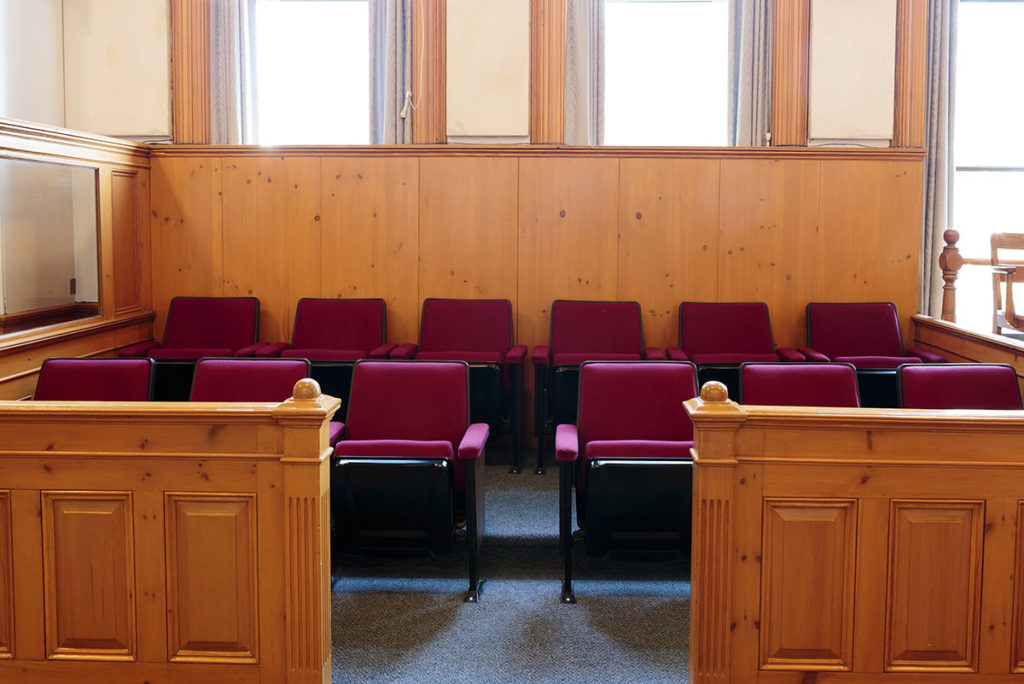Initial Thoughts on the CLEAN Future Act
On Wednesday the House Committee on Energy and Commerce released the legislative text for the CLEAN Future Act, a piece of omnibus legislation relating to climate change. The discussion draft includes a wide range of different policy ideas. Some of the most prominent provisions in the legislation, such as establishing a national clean energy standard or mandating that states adopt plans to achieve net-zero greenhouse gas emissions, have already generated a fair amount of controversy. In this post, however, I want to focus on some other areas related to electricity and the electric grid. Some of these ideas have promise, while some will need to be developed further or paired with other proposals to make them work effectively. Here are a couple that caught my eye:
1. Choice for clean electricity. Depending on where you live in the country, your options for purchasing electricity may be limited if not practically nonexistent. Roughly a dozen states allow consumers to pick their electric provider, and a few more allow this choice for some customers like large commercial and industrial consumers. In the rest of the country, an individual or business must meet their electrical needs through an incumbent monopoly utility provider. This is problematic for a host of reasons, but the CLEAN Future Act has focused on a growing one: Customers who want to purchase low- or zero-carbon electricity cannot do so if their utility does not offer this as an option on reasonable terms. The bill would therefore allow customers to purchase clean electricity from the open market regardless of their state’s regulatory structure. Allowing competition for clean electricity would be a boon to consumers and could be economically as well as environmentally beneficial.
2. ISO/RTO Expansion. Many parts of the country operate as part of regional, multi-state wholesale electric markets called independent system operators (ISOs) or regional transmission organizations (RTOs). While most states operate in at least one RTO, some states, particularly in the Southeast and Mountain West, do not. The CLEAN Future Act would require all states to place transmission facilities in their jurisdiction within an ISO or RTO within two years.
RTO expansion is a sound policy goal that could substantially improve the efficiency of the electric market. To date, the initiative has been driven by states and utilities opting-in. However, past attempts to federally mandate RTO expansion ended up running aground in the face of utility opposition. It is important that current efforts are structured in a way that has buy-in from affected states.
3. Transmission Policy Reform. The CLEAN Future Act takes strong aim at improving transmission policy. The law would require the Federal Energy Regulatory Commission (FERC) to commence rulemaking to improve the effectiveness of interregional transmission planning. Although the act’s particulars are overly prescriptive, this issue is long overdue for reform, and congressional encouragement for the FERC to address it would be beneficial.
The act would also require the FERC to review the effectiveness of policies to encourage deployment of advanced transmission technologies. This is another area that is ripe for reform. Many low-cost technologies are not being adopted because of flaws in transmission planning processes and active avoidance by transmission owners, who prefer higher-cost transmission expansion because they earn a regulated return on it. The FERC already held a technical conference and workshop on these issues in 2019, and encouragement from Congress for them to take next steps to improve cost-effective adoption of advanced transmission technologies could result in a big win for consumers, innovation and the environment.
4. PURPA Reform. The Public Utility Regulatory Policies Act (PURPA) is a piece of legislation enacted during the 1970s energy crisis to encourage energy efficiency and integration of renewable energy sources into the grid, as well as to introduce competition and reduce barriers to industrial facilities’ ability to self-supply. Given how much has changed in the last 40 years, updating PURPA makes a lot of sense, but it must be done in a manner that enhances competition and encourages consumer self-sufficiency. The CLEAN Future Act focuses primarily on adding utility consideration for newer technologies such as energy storage and non-wires alternatives. That’s understandable, but there are other issues involving PURPA, such as the boundaries of the qualifying facilities rule, that need to be addressed as well. Republicans and Democrats both want PURPA reform, but have different priorities as to what needs to be included. I would not be surprised if PURPA features in the Republican energy bill currently in development.
The CLEAN Future Act is a work in progress. We also know that the Republicans are preparing parallel legislation on the same broad topics. It will be worth watching how these bills develop.
Image credit: TWStock








